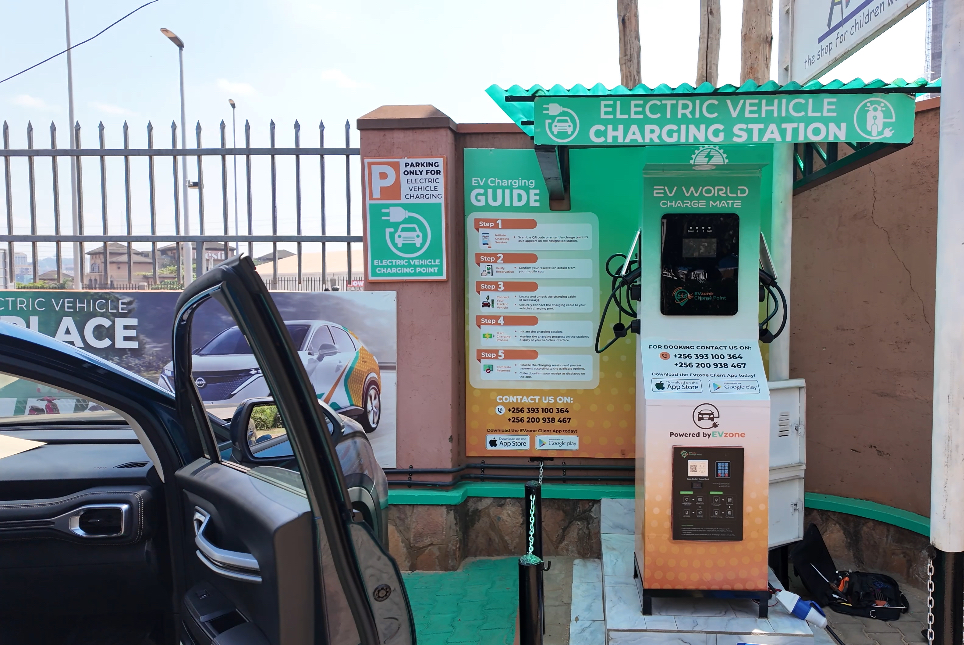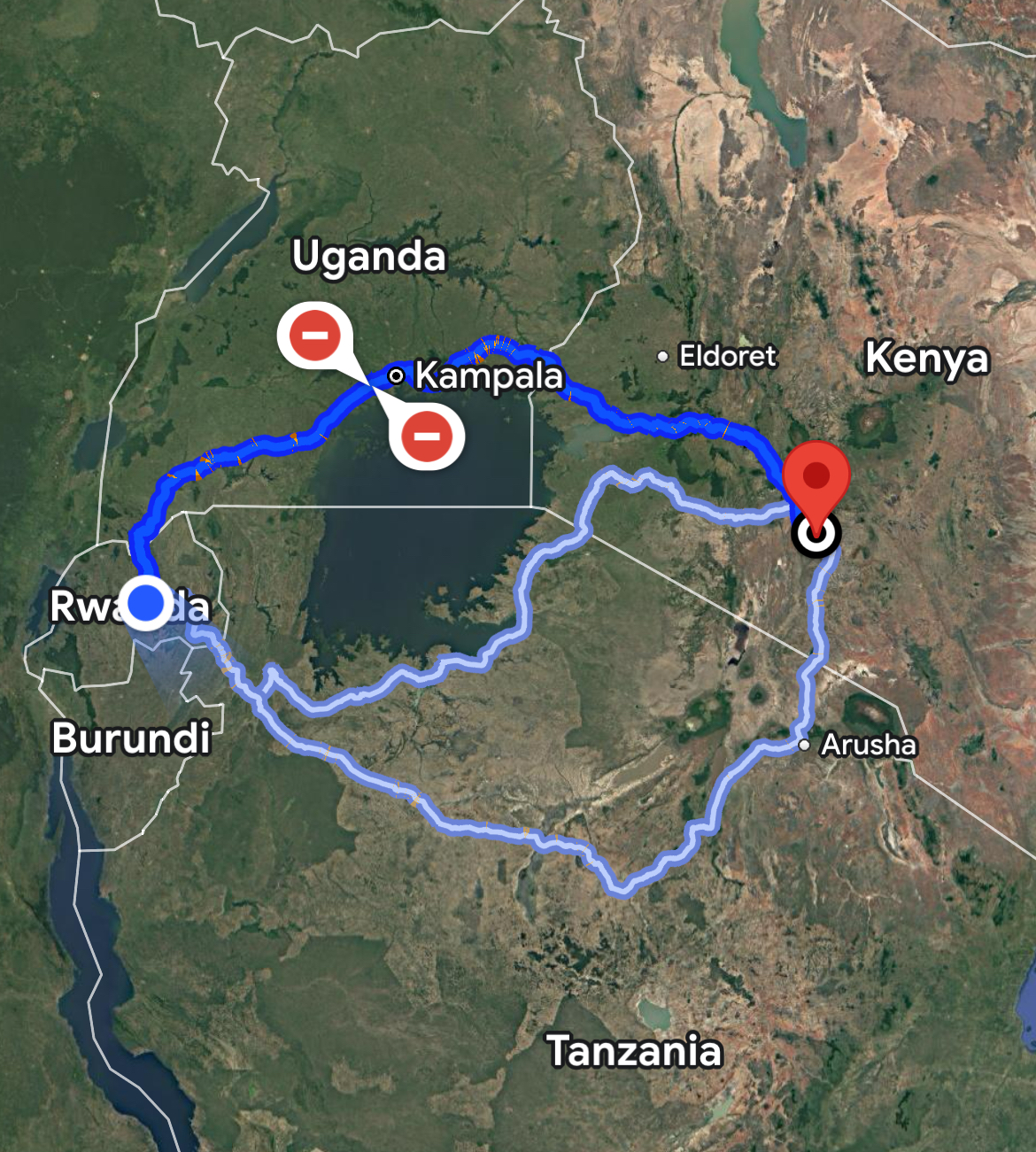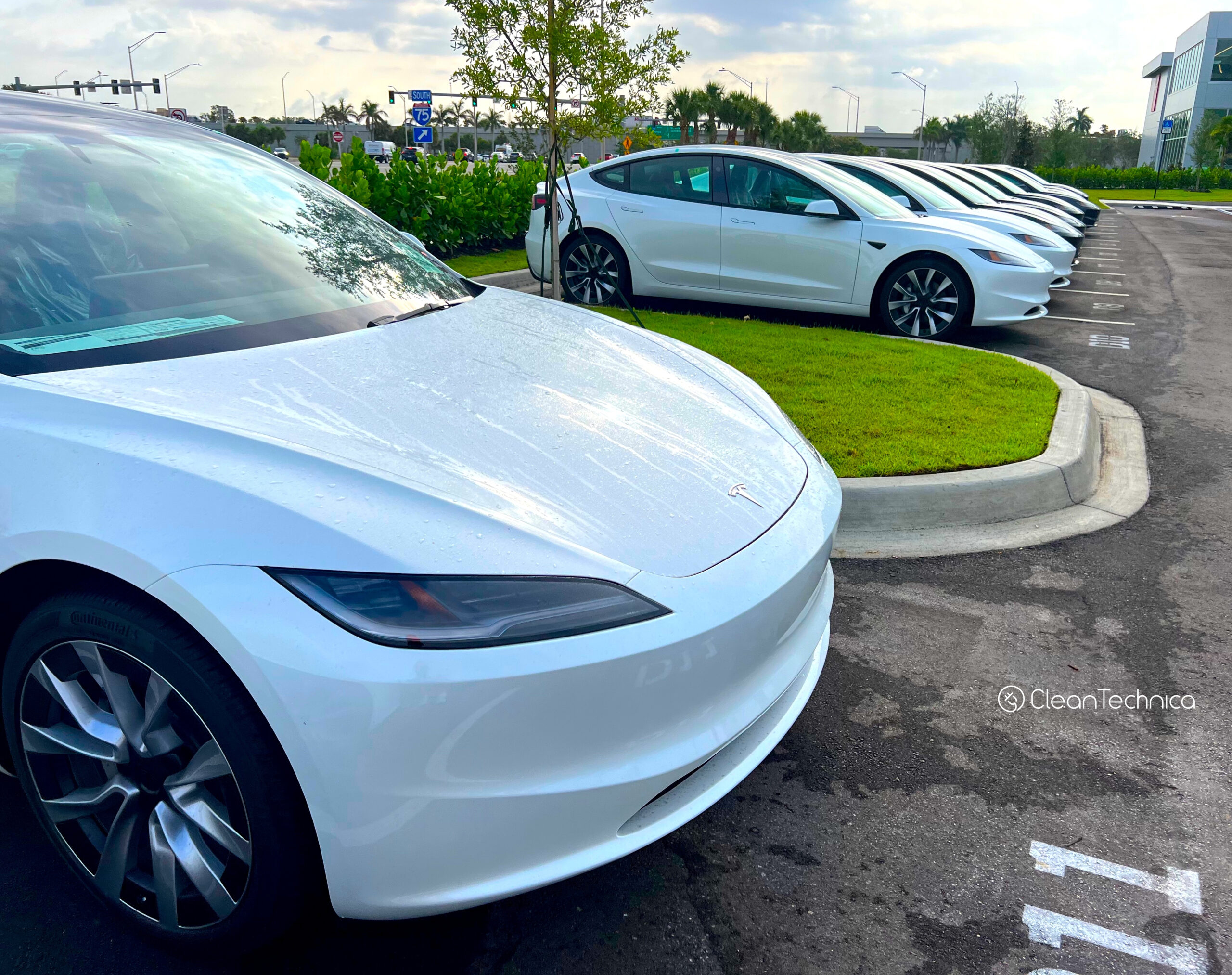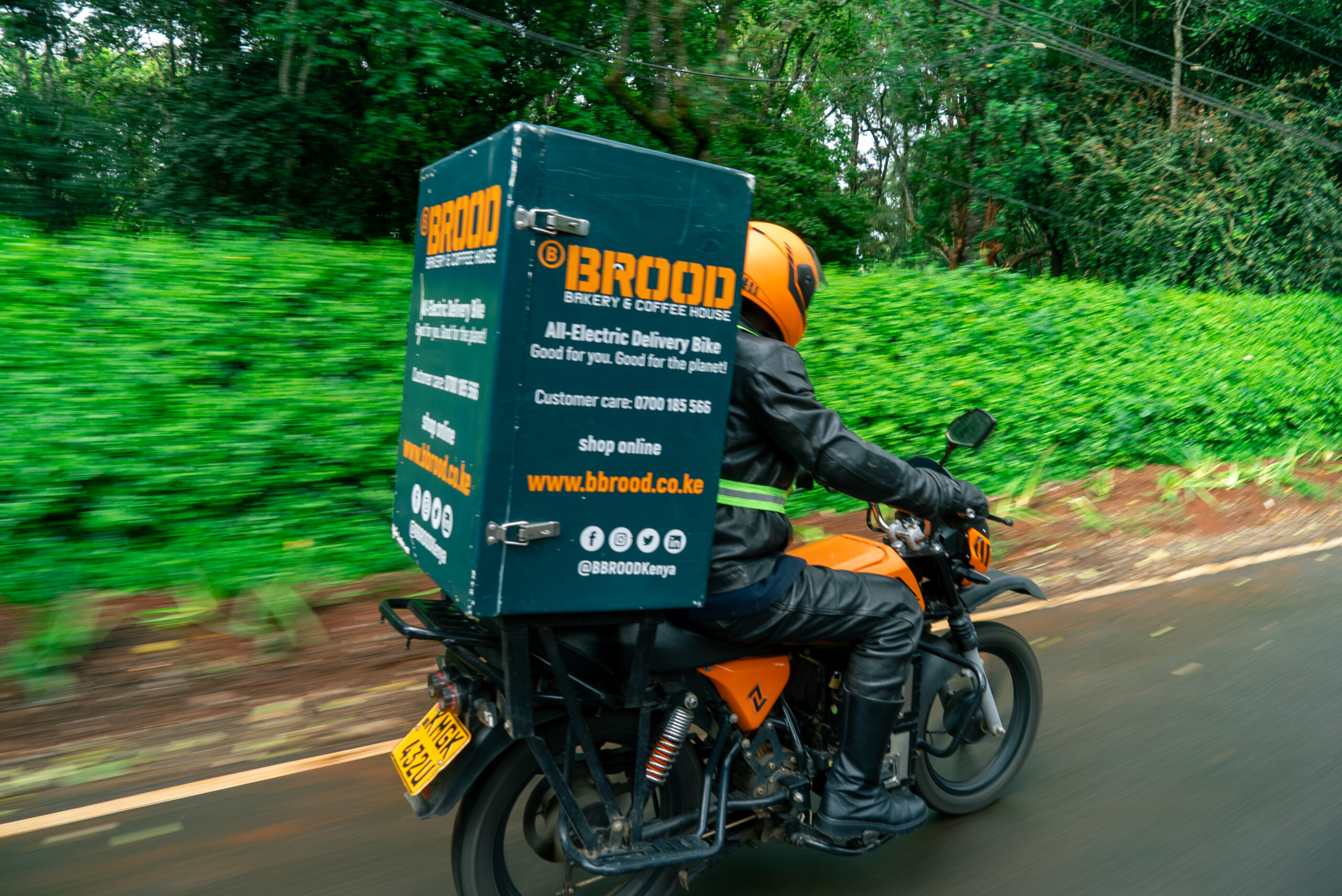Sign up for daily news updates from CleanTechnica on email. Or follow us on Google News!
Pickups are a big deal in a lot of African countries. In South Africa, for example, the Toyota Hilux has been the top selling vehicle for over a decade. It has done so well there that it has sold over 1 million units in South Africa since it was launched. Other popular pickup models on the African continent are the Ford Ranger and the Isuzu D-Max. Pickups are popular with utility companies, national, regional, and local governments, private security companies, non-profit organizations that work in rural areas, private companies, mining companies, agricultural firms, as well as the general public.
In Zimbabwe, for example, pickups make up 67% of new car sales. Single cab pickups are about 39.3% of sales and double cab pickups make up 27.2% of sales. Total annual sales for all vehicle segments are about 5,000 units per year, which is quite small, however, sales used to be much higher a couple of decades ago. There is room for growth in both pickup sales as well as in the other vehicle segments. In fact, there is room for growth in many African countries that are starting from an exceptionally low motorization level. This trend is common across several African countries and presents a good opportunity to electrify fleets that traditionally use pickup trucks.
A lot of the use cases of these pickups involve work around campuses (large farms, mines, etc.) where electric pickups could slot into some of these operations, seamlessly supported by onsite vehicle charging. This is why I was excited to see that we are now starting to see more electric pickups being offered in some African markets.
One of the leaders in this space that has started to bring fully electric pickups to African countries, starting with Rwanda, is Kabisa. Kabisa has recently introduced the Radar RD6 to the Rwandan market. The Radar RD6 electric pickup sold by Kabisa is designed for endurance, with an impressive battery range of 410 km on a full charge. It features a GB/T charging port, allowing compatibility with various charging stations across the region.
Here are some key specifications that contribute to its performance:
- Battery Capacity: 75 kWh
- Range: 410 km (CLTC depending on driving conditions and load)
- Payload Capacity: 550 kg
- Charging Compatibility: GB/T (DC fast charging and AC charging)
- Acceleration: 0-100 km/h in approximately 8 seconds
- Onboard Charger: 7 kW AC (Level 2 charging capability)
- Onboard Generator: In case of a serious emergency
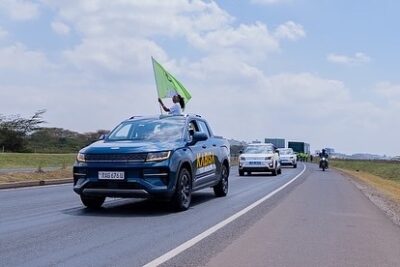 To showcase that the new generation of electric pickups are able to meet the expectations of most pickup truck users, in September 2024, the Kabisa team took a Radar RD6 on a 2,400 kilometer trip from Kigali, Rwanda, passing through Uganda, to Nairobi, Kenya, and back to Kigali. The trip took 2 days for each leg. Kabisa says this journey not only confirmed the durability of EVs for long-distance travel, but also highlighted the growing EV infrastructure in the region.
To showcase that the new generation of electric pickups are able to meet the expectations of most pickup truck users, in September 2024, the Kabisa team took a Radar RD6 on a 2,400 kilometer trip from Kigali, Rwanda, passing through Uganda, to Nairobi, Kenya, and back to Kigali. The trip took 2 days for each leg. Kabisa says this journey not only confirmed the durability of EVs for long-distance travel, but also highlighted the growing EV infrastructure in the region.
Here are some more insights into the details of this significant trip, examining the vehicle’s performance, charging infrastructure, and operational challenges faced along the way.
A summary of the journey:
Charging Stops & Efficiency
Kigali to Mbarara
Distance: 300 km, 4 hrs 30 mins to Rubis station in Mbarara
Percentage left upon arrival: 31%, which can travel 129km
Initial Charge: Full charge from a Kabisa 30 kW DC fast charger at SP station in Kigali
Challenge: Upon arrival in Mbarara, the team encountered a lack of public charginginfrastructure. They attempted to use a portable generator but faced technical difficulties, resulting in a breakdown. Instead, they sourced local assistance to connect their 7 kW charger to a distribution box at a Rubis gas station, charging overnight for approximately 8 hours.
Mbarara to Kampala
Distance: 200 km, 5hrs
Percentage left upon arrival: 22%, which can travel 92km
Charging Stop 1: AC charger from EV World, managed by Robert Wakabi
Charging Time: 3 hours (approx.)
Charging Stop 2: City Oil DC fast charger
Charging Time: 1.5 hours to a full charge at 35 kW
The team leveraged the support of local EV advocates, emphasizing the importance of community in developing the EV landscape in Uganda. The fast-charging capabilities at City Oil allowed them to replenish quickly, demonstrating the practical usability of the vehicle.
Kampala to Jinja, Jinja to Kisumu
Distance: 175 km to Jinja, 3hrs.
Distance: 234 km, 4hrs 30mins
The team attempted to charge in Jinja, but logistical issues prevented successful charging.
Upon arriving in Kisumu, they accessed a 22kW charger through EVChaja. This stop involved a charging time of approximately 6 hours (at 7kW mostly), a testament to the varying availability and speed of charging infrastructure.
Kisumu to Nakuru
Distance: 160 km, 3hrs
The charging stop in Nakuru highlighted the growing EV infrastructure in Kenya and East Africa.
Arrival in Nairobi
Final Distance to Nairobi: 147 km, 2hrs 40mins
Upon entering Nairobi, the Radar RD6 pickup underwent final charge stop at BasiGo, using a GB/T fast charger to ensure it was fully charged for city driving. The return trip back to Kigali was equipped with more knowledge, which earned quicker charging stops and a smoother journey through the same 4 towns and cities. It took an average of 2 full days both ways for this successful trip.
Charging Costs & Efficiency
Throughout the trip, the average cost to fully charge the Radar RD6 ranged from $5 to $10 per charge, depending on the type and duration of the charger used. This cost-effectiveness reinforces the saving opportunities of operating an electric vehicle in the region, particularly when compared to traditional fuel costs.
Performance Assessment & Key Takeaways
- Reliability: The Radar RD6 demonstrated impressive reliability across different terrains, overcoming challenges such as generator failures and unexpected charging delays. Its durable build quality proved effective in handling the varied road conditions of East Africa.
- Infrastructure Gaps: While the trip highlighted progress in charging infrastructure, it also showed the need for expanded networks of public charging stations and educating charging operators on different charging needs, especially in key areas and towns along the borders. Collaborations with local businesses and EV enthusiasts will be crucial in advancing the EV ecosystem in East Africa.
- Community Engagement: The involvement of local EV advocates like Robert Wakabi emphasized the importance of building a community around electric mobility. Their insights not only facilitated charging solutions but also inspired discussions on the future of EVs in the region.
- Real-World Testing: This journey serves as a case study for future long-distance EV travel in East Africa. By documenting the performance and charging logistics, Kabisa has laid a foundation for future EV users to replicate and improve upon this journey.
Conclusion: The Future of EV Travel in East Africa
The first-ever electric vehicle road trip from Kigali to Nairobi in a Radar RD6 pickup has proven that electric mobility is not just feasible but also an effective way to travel in East Africa. With growing charging infrastructure and a committed community of advocates, the landscape for electric vehicles in the region looks promising.
The Kabisa team adds that as they continue to push for advancements in the EV ecosystem, this trip stands as a significant milestone in demonstrating the capabilities of electric vehicles. The future of transportation is electric, and it’s already taking shape on the roads of East Africa. Stay tuned for more innovations and journeys as they continue to pave the way for sustainable mobility across the continent.
For me, this was a very important trip, and I am glad that the trip was very well documented. These kinds of trips go a long way in raising awareness and letting people know that we have electric vehicles here and now, which are fully capable to meet most users’ requirements right here in Africa!
Images and journey summary courtesy of Kabisa

Have a tip for CleanTechnica? Want to advertise? Want to suggest a guest for our CleanTech Talk podcast? Contact us here.
Latest CleanTechnica.TV Videos
CleanTechnica uses affiliate links. See our policy here.
CleanTechnica’s Comment Policy


